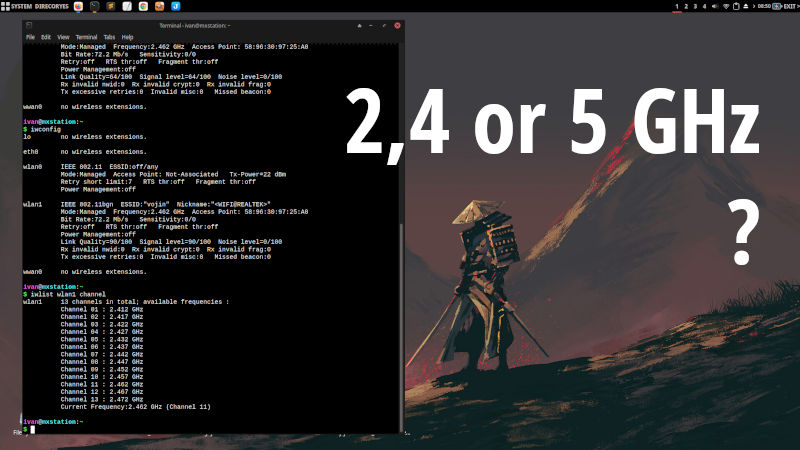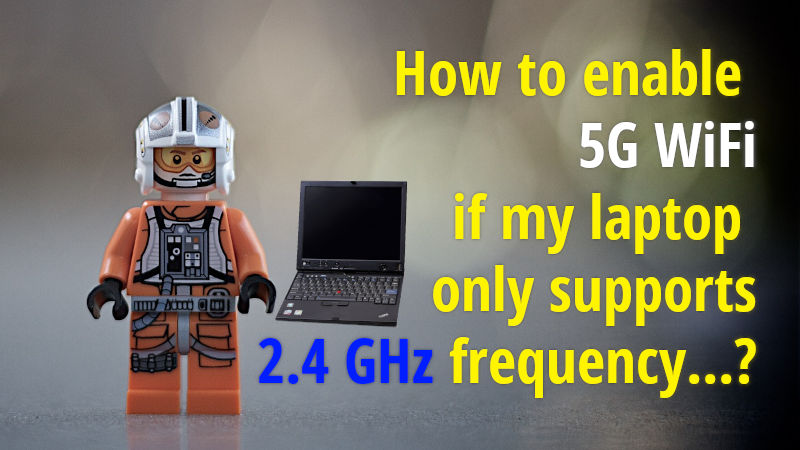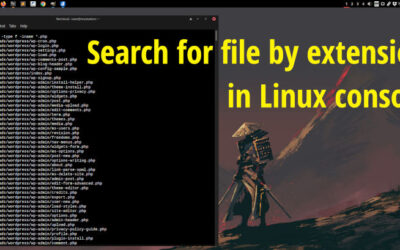I recently tried to extract a 200 GB ZIP file with a simple command to extract a ZIP file on Linux: unzip file-name.zip and got the following error: error: invalid zip file with overlapped components (possible zip bomb) To unzip the file anyway, rerun the command with...
pwd is a linux command that shows you what directory you’re in, now it tells you what category you’re in
Linux tutorials for everything that I don’t want to forget, and at the same time I want to share with you. If you find these Linux articles useful, bookmark the page or share it with your friends.
How to install WordPress on Alma Linux 8 – 2023
If you are using Alma Linux 8 on your server then you need to know how to install WordPress on Alma Linux 8 if you want to use WordPress on your server. The instruction is simple, but you need to know the basics of the following knowledge: Connecting to the server via...
Find all files by extension on Linux, CentOS, Alma, Ubuntu
Any administrator may often need a command that can find all files by extension on Linux. This is especially useful if you're cleaning up a site and want to find all the files that have a specific extension. For example, I often clean WordPress for my clients and one...

How to check my laptop WiFi frequency on Linux 2023
Here are some useful Linux commands you need if you want to determine what frequencies your computer supports and check if you can use 5G WiFi. This command will show you all the channels supported by your network card and on which frequency they work. Let's first...

How to use 5G WiFi if your laptop only supports 2.4 GHz frequency
There is an easy way to enable 5G Wifi on your laptop without buying a new card on your old laptop. The problem with 5G internet is that old network cards don't support it. That is, there are network cards that only support a frequency of up to 2.4 GHz, and to work...

XFCE4 Panel question marks problem
If you see question marks in the XFCE4 Panel and you don't need to use the option to change the keyboard and layout, you can easily solve this problem. This problem is caused by a package called fbxkb: Right-click these question marks in the XFCE4 panel and select the...


